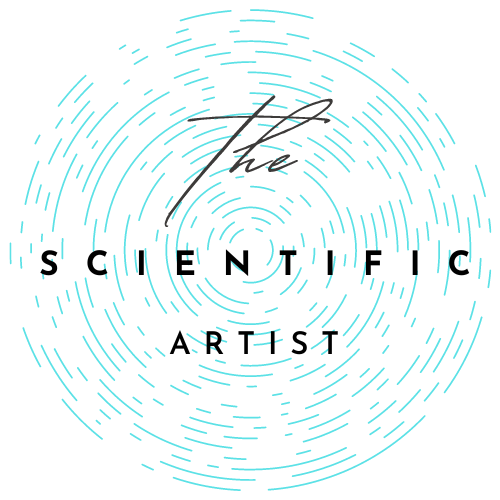Human Computer Interaction





BIRDS – An Interactive Mobile Platform for Bird Information
BIRDS is an interactive mobile application developed as the final project for my Human Computer Interaction course. I developed it with the help of my project partner-Annelies Vandrager. The app centralizes scattered bird-related data—such as species occurrences, descriptions, images, and recordings—into one accessible platform. Targeted primarily at university students in the Netherlands, BIRDS offers a user-friendly interface for both bird enthusiasts and casual users, making it easier to access detailed information on local bird life.
Research & Design
User-Centered and Accessible Approach
Throughout the project, extensive user analysis and iterative prototyping were at the core of the design process. By conducting interviews and usability tests with peers, I identified key user needs, such as intuitive navigation and quick access to information—all of which were incorporated into the app’s design. Tools like Figma and Streamline Icons helped translate these insights into an interface that minimizes clicks while maximizing usability. Special attention was given to accessibility, ensuring that even users with visual impairments can effectively interact with the platform.
Technical Implementation
Seamless Integration of Data and Location Services
Developed using Android Studio and Java, BIRDS leverages the Google Maps API for geolocation and the eBird API for up-to-date bird data. This integration allows users to explore bird occurrences based on their current location and to filter results by specific attributes such as color or beak shape. The robust technical framework not only demonstrates effective API utilization but also highlights the project’s scalable and modular code design.
User Testing & Iterative Enhancements
Data-Driven Refinement for Optimal Experience
Usability testing played a pivotal role in refining BIRDS. Multiple evaluation rounds yielded strong System Usability Scale (SUS) scores, affirming that most tasks could be completed within just a few clicks. Feedback led to improvements in key features such as map functionality, filter options, and the clarity of the user interface. These iterative enhancements underscore the project’s commitment to meeting real user needs and adapting based on continuous testing.
The full paper can be read here.
